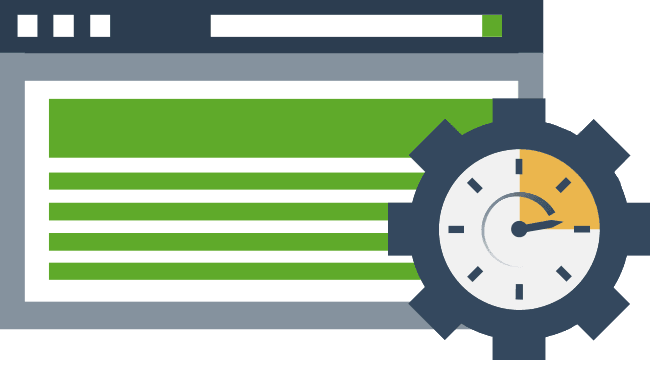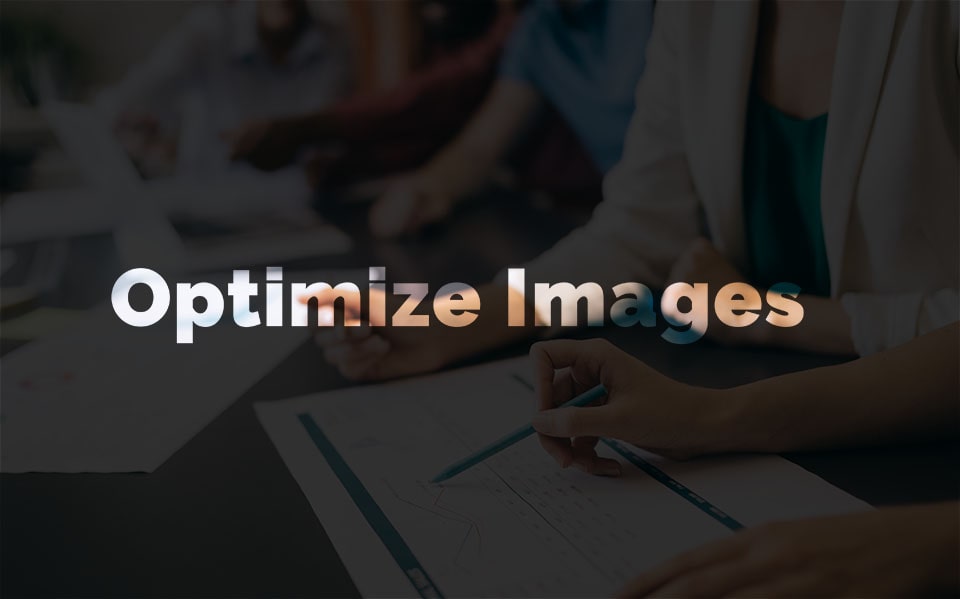PageSpeed Service was turned off on August 3rd, 2015. Please seeTurndown Information for PageSpeed Service.
Objective
Reduce payload size of image resources by re-compressing images optimally,removing unnecessary headers and minimizing reflows.
Optimized images for the web Use Shopify’s online image resizer and optimizer tool to give your digital images the perfect size and configuration to suit a wide range of applications. Whether it’s for a social media profile, product photo for your online store, or an e-newsletter, fast and easy image resizing makes your life easier. Image optimization is a technique that removes all the unnecessary data that is saved within the image, in order to reduce the file size of the image. Optimized images are up to 80% lighter than uncompressed images, resulting in a much faster page load time.

PageSpeed rule
This rewriter implements the PageSpeed rule for minimizing payload size.
Description
The Optimize Images rewriter re-scales, re-compresses, optimizes huffman tablesfor JPEG images, strips metadata, color profile information. Thisreduces the number of bytes downloaded, often substantially. When no size gainsare realized, the rewriter leaves the original image unaltered. Image rewritingis particularly useful on image-heavy pages that have not been optimizedoffline. As a result of rewriting, the visual quality of imagesshould not degrade in any perceptible way.
The compelete list of options that aresupported under this rewriter are as follows:
Convert JPEG to WebP (Lossy Optimization)
Leopard 10.5 download. When this options is selected, PSS converts JPEG images to WebP and serves those WebP images to modernbrowsers that support the image format. Optimized JPEG images will continue tobe served to older browsers.
Convert PNG & GIF to JPEG (Lossy Optimization)
When this option is selected, PSS converts PNG and GIF images to JPEG imageswithout any visual degradation of the image quality.
Re-compress JPEG (Lossy Optimization)
When this option is selected, PSS will re-compress the JPEG images with thespecified quality. This also strips of unnecessary image metadata likethumbnails.
Add Image dimensions (Lossless Optimization)
When this options is selected, PSS inserts width= and height= attributes into<img> tags that lack them andsets them to the image width and height. This will help in reducing the numberof reflows that happens when a web page is loaded thereby improving the userexperience.
Progressive JPEG (Lossless Optimization)
When this option in selected, PSS converts JPEG images to progressive JPEG images, which helpsin reducing the numbers of bytes served on the wire and improving the userexperience by loading images incrementally.
Re-compress PNG (Lossless Optimization)
When this option is selected, PSS will re-compress PNG images by removing optional PNG segmentslike iTXt, hIST, etc. and applying various PNG optimization techniques like strippingalpha channel if the image is not transparent, reducing the bit depths, converting truecolor images to indexed images if there are less than 256 colors, etc.
Remove meta data (Lossless Optimization)
Optimize Images Plugin
When this option is selected, PSS will remove EXIF related information from the image files.
Remove color profile (Lossless Optimization)
When this option is selected, PSS will remove color profile information from the image files
Resize on Server (Lossy Optimization)
Images are often resized in the browser because of specified size attributesthat are smaller than the original image size. When this rewriter option isselected, PSS will reduce the size of each image on the server to theappropriate value before serving. This lowers page latency in two ways. First,fewer bytes are downloaded by the browser because the image size issmaller. And second, the browser has to do less processing because it need notresize the image before rendering.
Resize using rendered dimensions on Server (Lossy optimization)
When this rewriter option is selected, PSS will reduce the size of each imageto the dimensions of the rendered image in a browser. If thesame image appears more than once on the page and with different rendereddimensions, it resizes the image to the biggest of its rendered dimensions.Similar to ImageResize, this rewriter will lower thepage latency by reducing the bytes downloaded by the browser and reducing theprocessing on the browser.
Google Image Optimizer
Operation
The Optimize Images is applied on images referencedin <img> tags and if Minify CSS isenabled, then images referenced from background-image, background, list-style-image and list-style CSS properties will also be optimized.This rewriter is applied on all images served from the PageSpeed Service (either CNAME’d or proxied).
Example
The effect of this rewriter on an example page can be observed by comparing the size ofthe downloaded image before and after rewriting.
Limitations
Fun apps for mac. Limitations mentioned for the Proxy Images rewriter are also applicable to this rewriter.
What does TinyJPG do?

TinyJPG reduces the file size of your JPEG images. Every uploaded image is analyzed to apply the best possible JPEG encoding. Based on the content of your image an optimal strategy is chosen. The result is a quality image without wasting storage or bandwidth!
Why should I use TinyJPG?
JPEG is the most popular format for photos on your websites and apps. Many JPEG files do not use optimal compression, wasting valuable bytes. Balancing quality and small file size used to be a time consuming task that only humans could do. Not anymore. Let us worry about compression.
How does it work?
Excellent question! When you upload a JPEG file, the image is analyzed. Textures, patterns and colours are automatically identified. The encoder creates an optimally compressed JPEG file based on that information. The final result is compared with the original and fine-tuned. Distracting JPEG artifacts are minimized without big sacrifices in file size. Unnecessary metadata is stripped as well. You will get an optimal image, every time!
Can you tell the difference?
Let me give you a side by side comparison. Move the slider to compare the compressed image with the original. The file size is reduced by more than 70%!

